The frequent human activities by the Philippines in recent months have started to cause a certain degree of environmental damage to Xianbin Reef, according to a report released on the coral reef ecosystem of the reef in the South China Sea on Friday.
The report is based on firsthand data from field investigations and remote sensing observations conducted by Chinese scientists from May to July.
The scientists are from the South China Sea Development Research Institute of the Ministry of Natural Resources, as well as other relevant departments and field scientific observation research stations.
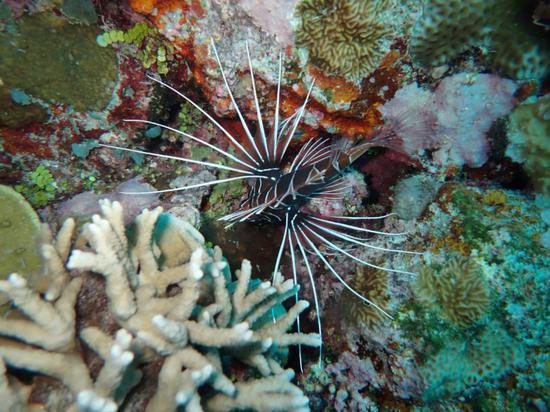
Abundant marine animals are seen around the reef. (Photo provided to chinadaily.com.cn)
Around the 23 survey spots set up by the scientific expedition team, the average coral coverage of reef-building corals near Xianbin Reef was 24.7 percent, with a maximum of 51.3 percent, according to the report.
It is relatively high compared to major coral reef distribution areas around the world.
The scientific expedition team conducted material analysis of coral debris from the six cays of Xianbin Reef and found no terrestrial material input.
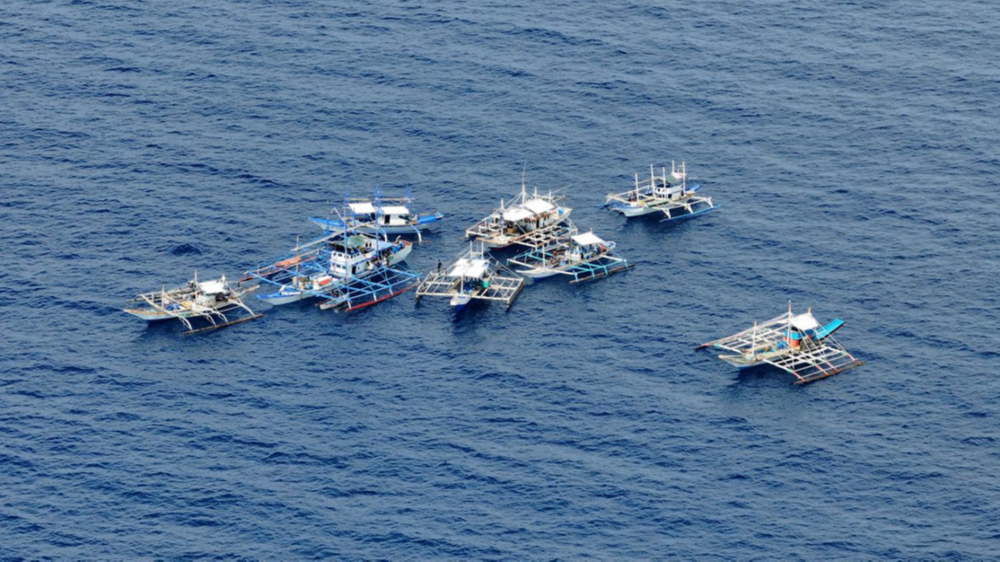
Philippine fishing boats are spotted near Xianbin Reef. (Photo provided to chinadaily.com.cn)
The cays at Xianbin Reef have sufficient materials to support their development and formation, and their locations and geomorphology comply with natural laws, experts said.
However, the experts warned that the frequent human activities by the Philippines in recent months have started causing a certain degree of environmental damage to Xianbin Reef, as it is observed that some Philippine fishing boats, litter and discarded fishing nets were around the island.
In order to protect the ecological environment of the South China Sea, China would strengthen ecological monitoring and protection efforts in the region, the scientists said.





















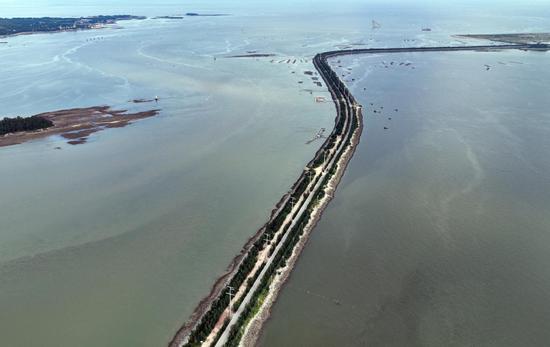

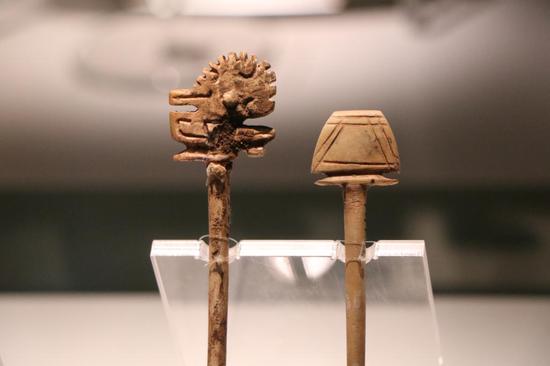










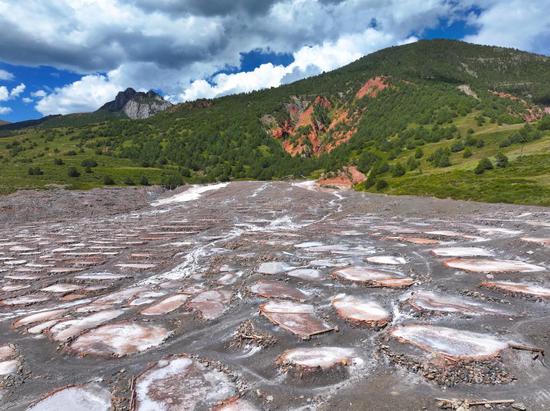















 京公网安备 11010202009201号
京公网安备 11010202009201号